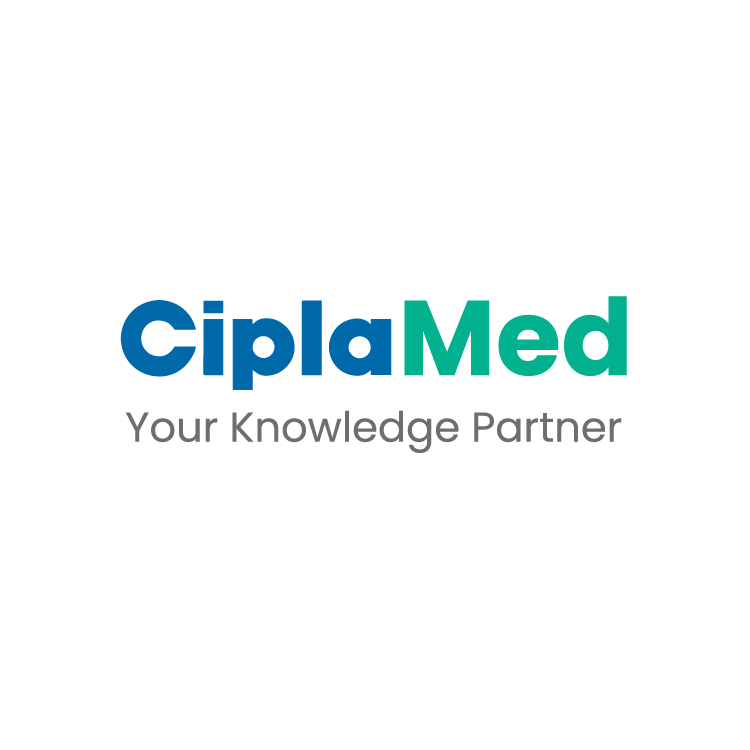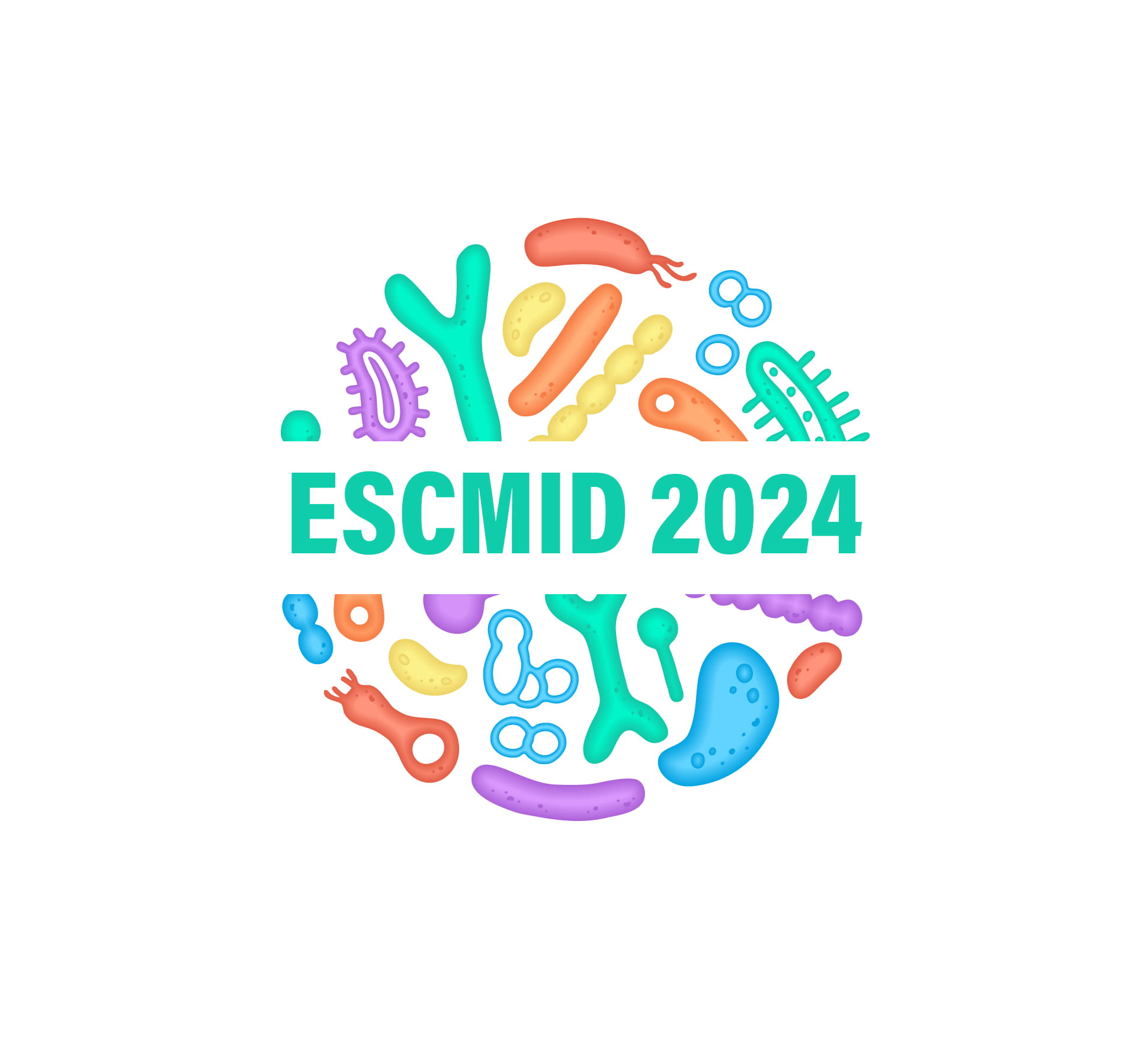AIDS 2024: Global Health Sector Strategies for HIV, Hepatitis, and Sexually Transmitted Infections - Progress, Gaps, and a Framework for HIV/PHC Integration
Speaker: Andrew Seale
Primary care and primary healthcare (PHC) are frequently used interchangeably, yet they represent distinct concepts within the healthcare system. Primary care pertains to individual-level healthcare services, encompassing preventive measures, diagnostic procedures, and the management of prevalent conditions. In contrast, PHC is a holistic, system-wide approach that incorporates multisectoral policies and emphasizes community engagement. Recognizing these differences is essential for effective communication and implementation of health services, as both are integral to the overarching primary health care framework. Misunderstanding or conflating these terms can impede the advancement of effective health interventions and policies.
The World Health Organization (WHO) has developed global health sector strategies for Human Immunodeficiency Virus (HIV), viral hepatitis, and sexually transmitted infections (STIs) for the period from 2022 to 2030. These strategies have been aligned since 2016 and were consolidated into a single document in 2022. The strategies target diseases with interconnected epidemiological profiles and include a progress report covering the initial two years of implementation. The strategy framework encompasses shared approaches across the three disease areas, addressing service delivery, common populations, systems integration, and data platforms. Additionally, it retains specific disease-oriented strategies, which are essential but need to be integrated into a more comprehensive framework to assist countries in adopting a unified approach. The people-centered strategy emphasizes common transmission routes, comorbidities, shared populations, service delivery mechanisms, health system resources, procurement, data systems, and social determinants of health. The overarching goal was to help countries advance towards a more integrated and mainstream approach to health management. The rate of decline in mortality and new infections for hepatitis, STIs, and HIV is insufficient to achieve the 2030 targets, posing a substantial challenge to progress. The issue is especially pronounced for HIV.
The progress report underscores the critical need for integrated systems, the transition to person-centered and digital data systems, and the integration of access strategies for essential commodities across various disease areas. It notes the advancement in HIV case surveillance systems established in 92 countries between 2022 and 2023. The development enables Ministries of Health to make relevant comparisons and identify opportunities for further integration. Access to essential commodities is a unified effort across disease areas, as hepatitis treatment demonstrates. However, challenges persist in low, upper-middle, and middle-income countries, particularly regarding obtaining affordable prices for essential commodities, such as hepatitis medications and benzoyl penicillin for STIs. The report also highlights the significance of adopting a PHC approach, emphasizing the need to address structural barriers and enhance community engagement. Country ownership and community leadership are essential for achieving convergence, integration, and long-term sustainability. Case studies from various countries will provide additional insights into these issues. Moreover, the report stresses the importance of country ownership and community leadership in policy development, programming, and financing to overcome challenges and ensure sustainability. Continued monitoring and collaboration between public health authorities and communities are vital for addressing the ongoing challenges of HIV and STIs.
Many countries are currently engaged in a reflective process, supported by major donors such as the Global Fund and President's Emergency Plan for AIDS Relief (PEPFAR), to reassess their priorities and strategies for enhancing and sustaining responses to HIV, viral hepatitis, and STIs. This period of review and re-strategizing presents an opportunity to reconsider the focus on primary health care and integration. A document released last year emphasized the concept of convergence, specifically targeting HIV, viral hepatitis, and STIs. The document aimed to identify shared elements across various systems and service mechanisms, advocating for a unified agenda across these disease areas. The emphasis should be on adopting a people-centered approach rather than disease or facility-centered models. The shift towards a system-centered, facility-centered, or disease-centered approach is intended to accelerate and sustain the responses to these diseases through 2030.
The WHO and United Nations International Children's Emergency Fund (UNICEF) have developed a document detailing an operational framework to advance PHC initiatives. The framework encompasses four strategic and ten operational levers, including budget management and health workforce planning. Systematic examinations of these levers pinpointed areas where countries could take action. In the progress report, priority areas for countries to reconsider and reframe have been identified. These include streamlining efforts, particularly for HIV, across the three disease areas, consolidating and aligning disease-specific guidance and plans, and emphasizing ongoing work to address stigma and discrimination. Additionally, there is a focus on primary prevention and potential multi-disease elimination efforts. The authors believe that addressing these priority areas will assist countries in effectively replanning and reframing their health initiatives.
The 25th International AIDS conference (AIDS 2024). 22nd-26th July, Munich, Germany



